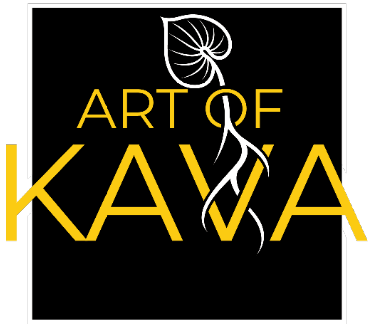Kava (Piper methysticum) is a plant root traditionally used in the South Pacific to promote relaxation and reduce stress. In recent years, it has gained attention as a natural alternative to medications for anxiety and sleep.
This article explains how kava affects the brain, based on current research, and outlines what to expect when using it.
What Is Kava?
Kava is made from the root of the Piper methysticum plant. It contains active compounds called kavalactones, which influence brain activity. These compounds are responsible for the calming and anxiety-reducing effects often associated with its use.
Kava interacts with systems in the brain that control mood and stress responses.
Take a look at our Fiji kava selection. Click here.
How Kava Affects the Brain
Kava works through several mechanisms that impact mental state and stress levels. Here's how:
1. GABA Receptor Modulation
GABA (gamma-aminobutyric acid) is a neurotransmitter that reduces activity in the nervous system. It's often referred to as the brain’s "braking system" because it helps promote calm and balance.
Kava enhances GABA’s effect, which may help reduce anxiety, promote a sense of calm, and improve the ability to fall asleep. Unlike prescription sedatives, kava typically does not impair cognitive function.
2. Dopamine Activity
Some kavalactones are believed to influence dopamine, a neurotransmitter involved in motivation, mood, and reward. This may contribute to the positive mood reported by some kava users.
However, the dopamine effect appears to be moderate and does not produce overstimulation or euphoria.
3. Reduced Neural Excitability
Kava may reduce the activity of excitatory neurotransmitters like glutamate, helping calm an overactive nervous system. This effect can support focus and relaxation and may help reduce symptoms of stress-related tension.
What Are Kavalactones?
Kava contains more than 18 types of kavalactones, but six are considered most important for its effects:
-
Kavain
-
Dihydrokavain
-
Yangonin
-
Desmethoxyyangonin
-
Dihydromethysticin
-
Methysticin
Each kava strain has a different kavalactone profile. Some promote relaxation and sleep, while others may have milder or more uplifting effects.
Pick up a customer favorite, Feo. Buy now!
Summary of Brain-Related Effects
Based on how kava interacts with the brain, its most common effects include:
-
Reduced anxiety
-
Calmer mood
-
Lower physical tension
-
Support for falling asleep
-
Mild improvement in overall stress response
Final Thoughts
Kava interacts with multiple brain systems that influence mood, stress, and mental clarity. Its main effects come from boosting GABA activity, influencing dopamine, and reducing neural overstimulation.
When used responsibly, it may offer support for anxiety and relaxation without causing sedation or dependency.

